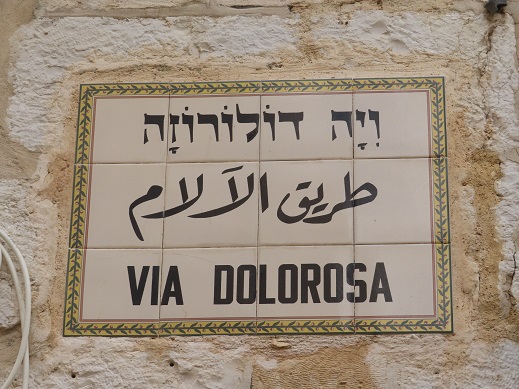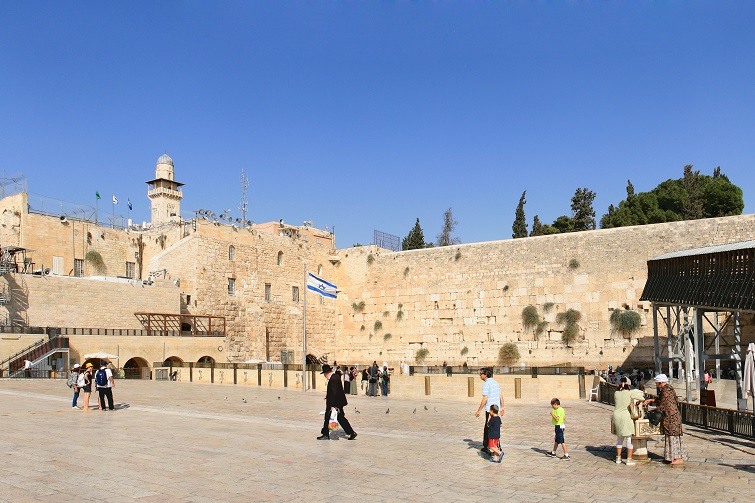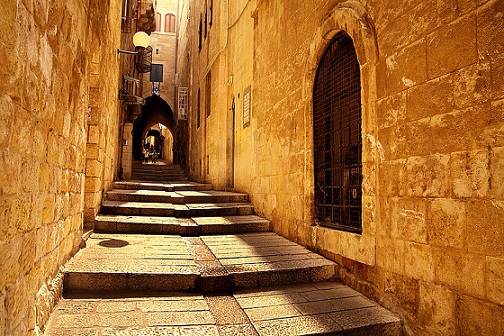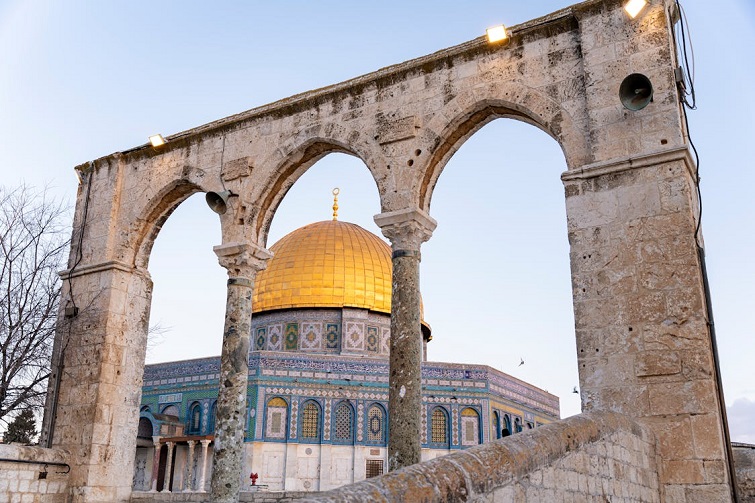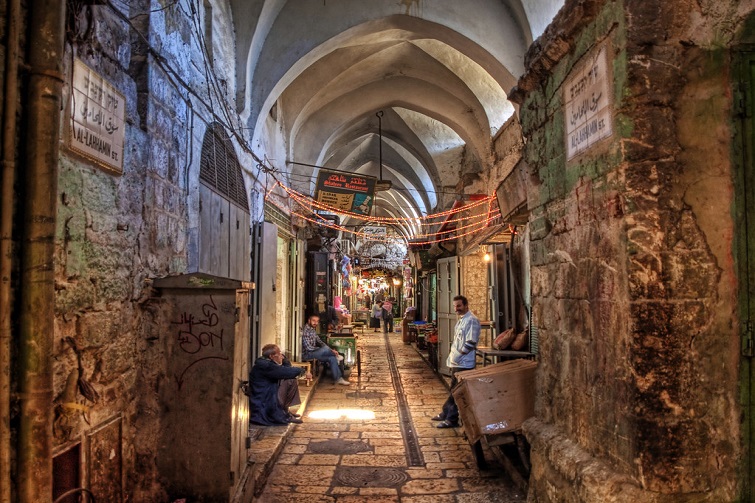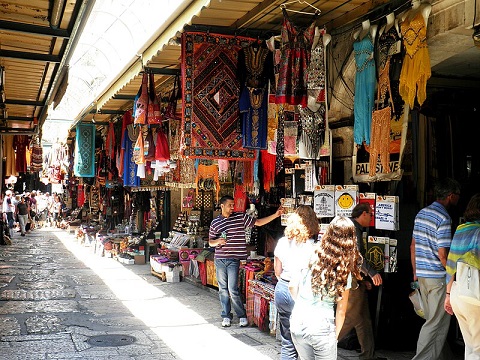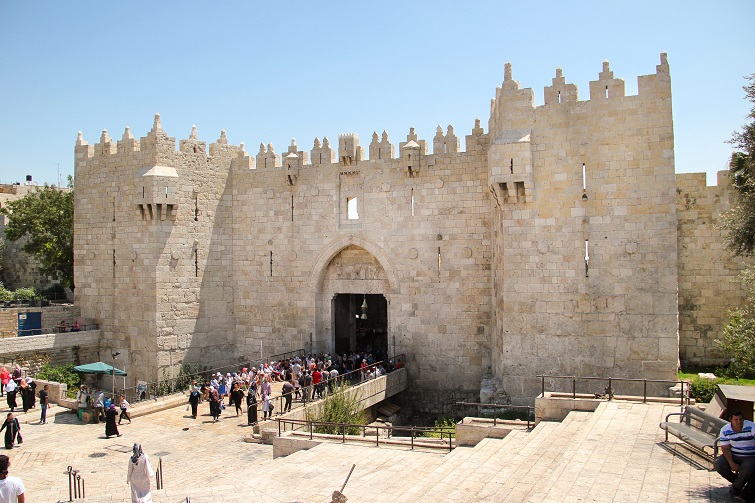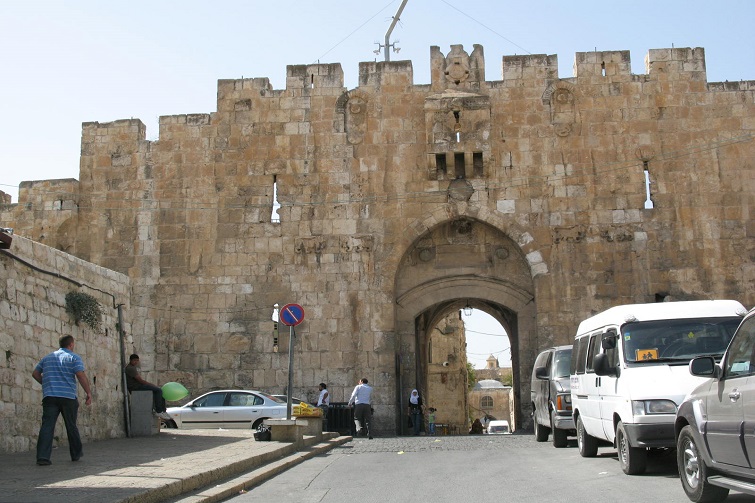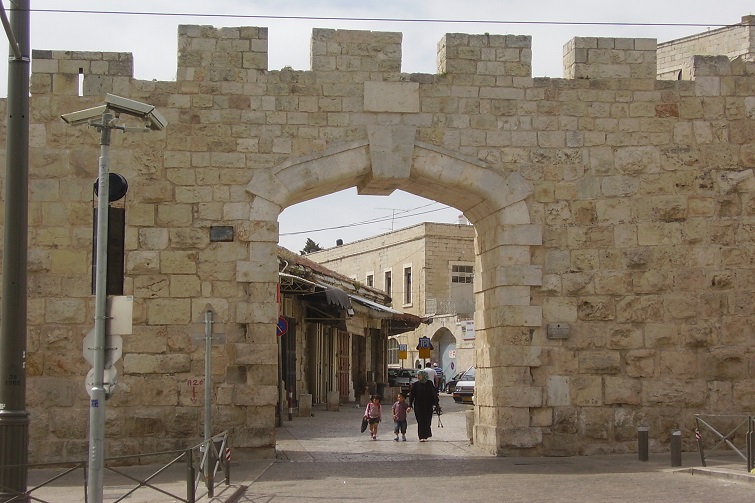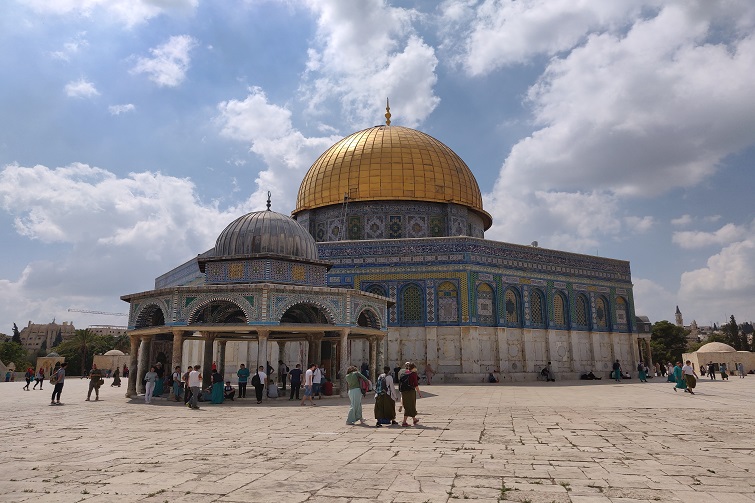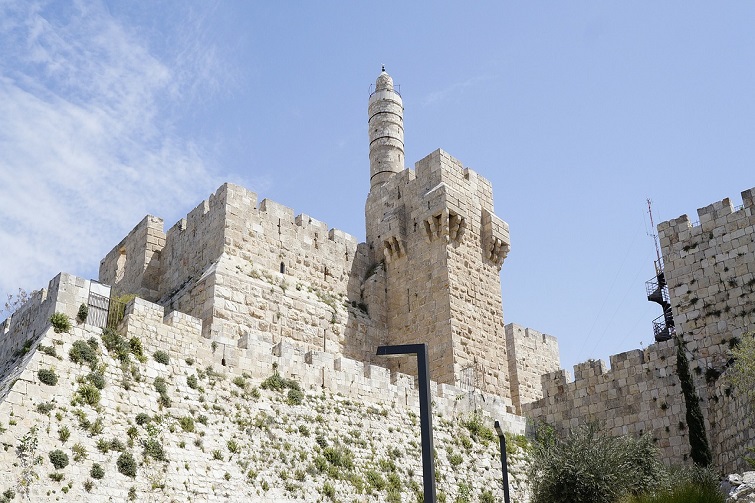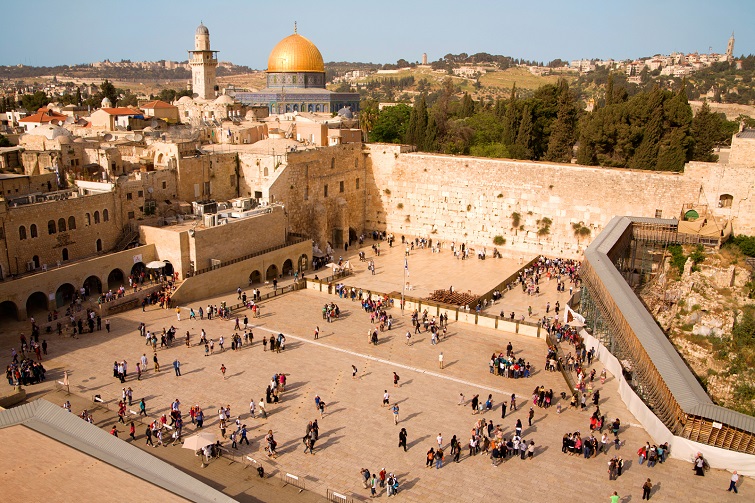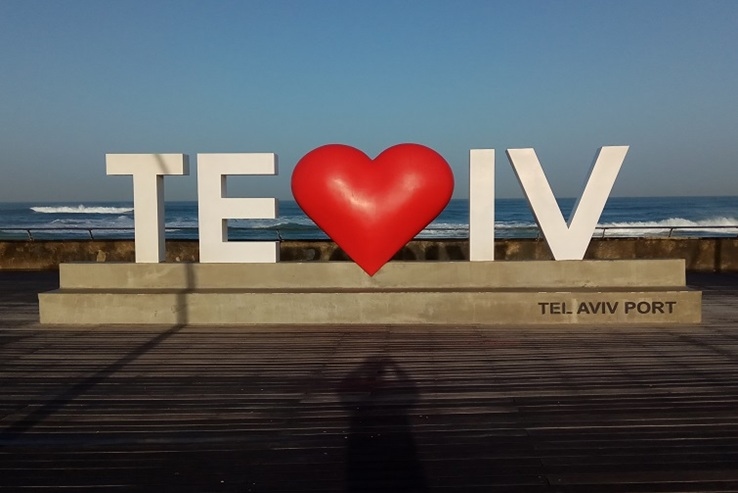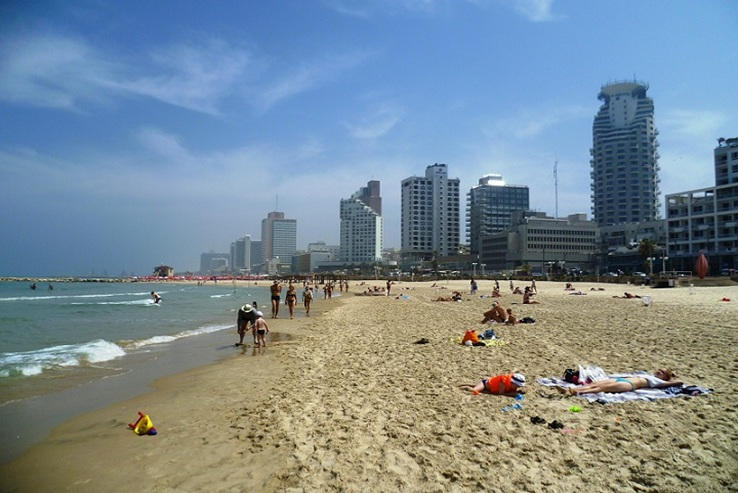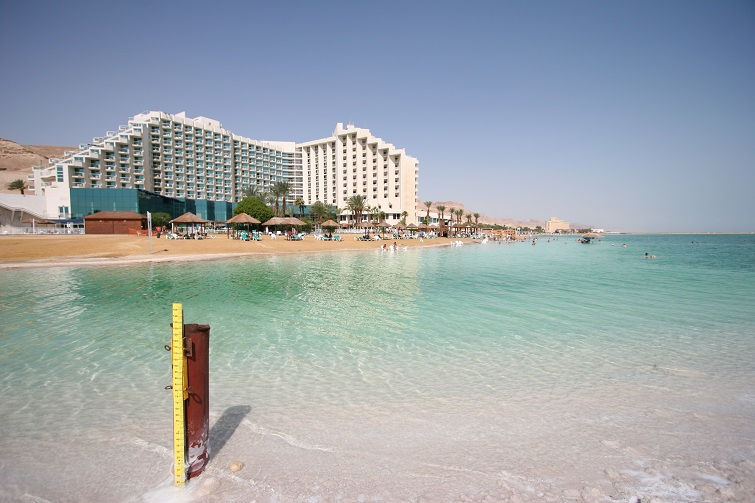The Old City of Jerusalem
The Complete Visitors Guide
Revised and Updated – March 2025
Table of Contents
Exploring the Old City of Jerusalem
The Old City of Jerusalem is a vibrant tapestry of history, religion, and culture, captivating travelers with its ancient charm and profound significance. This guide offers a detailed exploration of the Old City, providing tourists with essential information on its quarters, major landmarks, and practical tips for a memorable visit.
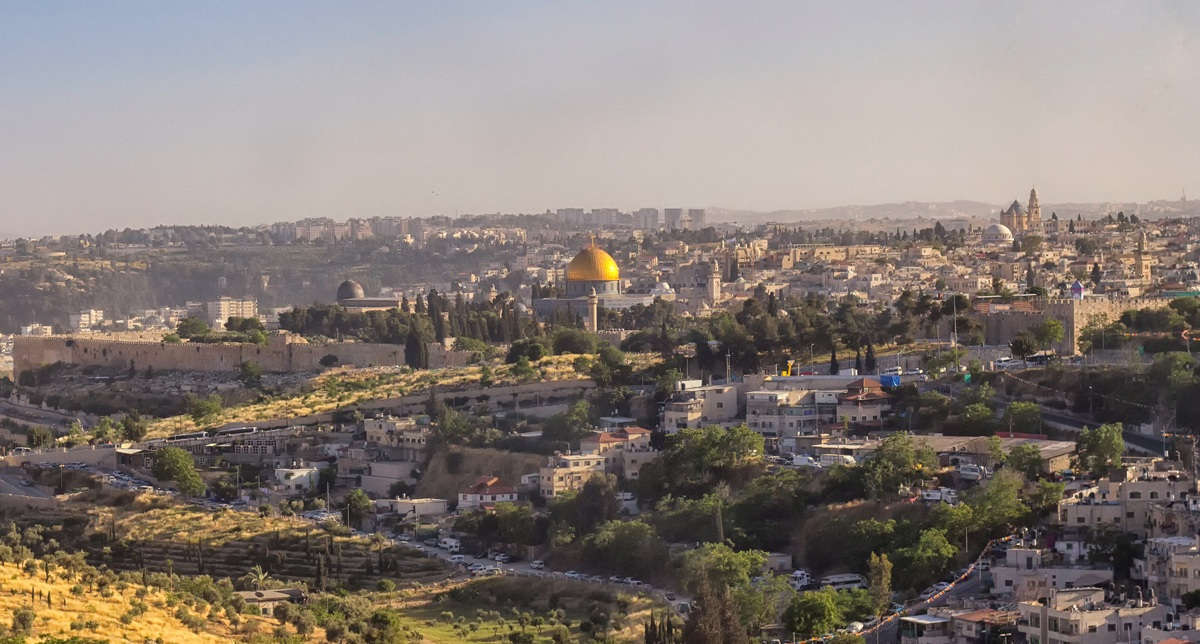
The Four Quarters of Old Jerusalem
The Old City is divided into four distinct quarters, each with its own unique character and attractions.
The Jewish Quarter
The Jewish Quarter is a hub of Jewish history and spirituality. It is home to several key sites:
- The Western Wall: The holiest site in Judaism, the Western Wall, or Kotel, is a place of prayer and pilgrimage. Visitors can place written prayers into the wall’s crevices.
- The Cardo: This ancient Roman street has been partially reconstructed, allowing visitors to walk along the same path as people did thousands of years ago. Lined with shops, it offers a glimpse into the past.
- The Hurva Synagogue: A symbol of resilience, the Hurva Synagogue has been destroyed and rebuilt several times. Its latest reconstruction allows visitors to appreciate its architectural beauty and historical importance.
The Christian Quarter
The Christian Quarter is a focal point for Christian pilgrims, housing some of the most revered sites in Christianity.
- Church of the Holy Sepulchre: This church is believed to be the site of Jesus’ crucifixion, burial, and resurrection. It is a pilgrimage destination for millions of Christians worldwide. The church’s complex layout includes the Stone of Anointing, the site of Golgotha, and the Aedicule, which houses the Holy Sepulchre itself.
- Via Dolorosa: The path that Jesus is said to have walked on his way to crucifixion. The route is marked by the Stations of the Cross, each representing a significant event along the way.
- Lutheran Church of the Redeemer: Offering stunning views from its bell tower, this church is a significant landmark in the Christian Quarter.
The Muslim Quarter
The largest and most populous quarter, the Muslim Quarter, is known for its bustling markets and significant Islamic sites.
- Al-Aqsa Mosque: One of the holiest sites in Islam, the Al-Aqsa Mosque is a must-visit for Muslim travelers. Its beautiful architecture and historical significance make it a prominent landmark.
- Dome of the Rock: This iconic structure, with its stunning golden dome, is built on the Temple Mount. It is believed to be the site from which the Prophet Muhammad ascended to heaven during the Night Journey.
- Markets and Souks: The Muslim Quarter’s vibrant markets are a sensory delight, offering everything from spices and textiles to traditional crafts and delicious street food.
The Armenian Quarter
The Armenian Quarter, the smallest of the four, is a serene enclave with a rich history.
- St. James Cathedral: This beautiful church is the heart of the Armenian community in Jerusalem. Its ornate interior and peaceful atmosphere make it a place of reflection and worship.
- Armenian Museum: The museum offers insights into the history and culture of the Armenian people, showcasing artifacts, manuscripts, and artworks.
- Quiet Streets and Courtyards: Walking through the narrow streets and hidden courtyards of the Armenian Quarter provides a glimpse into the daily life of this close-knit community.
Major Landmarks and Sites
Beyond the quarters, several major landmarks define the Old City.
The Walls and Gates
The Old City is surrounded by impressive walls and gates, each with its own story.
- Jaffa Gate: One of the main entrances to the Old City, Jaffa Gate leads to the Christian and Armenian Quarters. Its strategic location and historical significance make it a popular starting point for tours.
- Damascus Gate: This grand gate is a key entrance to the Muslim Quarter. Its vibrant surroundings include markets and street vendors, creating a lively atmosphere.
- Zion Gate: Leading to the Jewish and Armenian Quarters, Zion Gate bears the scars of the 1948 Arab-Israeli War, adding to its historical intrigue.
- Lions’ Gate: Also known as St. Stephen’s Gate, Lions’ Gate is the entry point to the Muslim Quarter and provides access to the Via Dolorosa, a significant path for Christian pilgrims.
- Herod’s Gate: Located in the northern wall, Herod’s Gate is a smaller, less ornate gate that leads into the Muslim Quarter. It is named after Herod the Great, although he had no connection to its construction.
- Dung Gate: This gate is the primary entrance to the Western Wall and the Jewish Quarter. Its name originates from the refuse that was taken out of the city through this gate in ancient times.
- Golden Gate: Also known as the Gate of Mercy, this gate is unique as it is sealed. It is located on the eastern wall and holds significant religious importance for Jews, Christians, and Muslims, who believe it will play a role in future events.
- New Gate: Opened in the late 19th century, New Gate provides access to the Christian Quarter from the northwest. It is the most recent addition to the city’s gates, designed to improve access to the Christian holy sites.
Temple Mount
The Temple Mount is a site of immense religious significance for Jews, Christians, and Muslims.
- Western Wall: Adjacent to the Temple Mount, the Western Wall is accessible from the Jewish Quarter. It is a place of prayer and contemplation for people of all faiths.
- Al-Aqsa Mosque and Dome of the Rock: As previously mentioned, these structures are located on the Temple Mount and are accessible through specific gates. Non-Muslim visitors should be aware of the visiting hours and dress code.
Tower of David
The Tower of David, or Jerusalem Citadel, is a historical museum located near the Jaffa Gate.
- Museum Exhibits: The museum offers exhibits on Jerusalem’s history, from ancient times to the present day. Interactive displays and archaeological findings provide a comprehensive overview.
- Night Spectacular: This sound and light show, held in the citadel’s courtyard, uses cutting-edge technology to tell the story of Jerusalem through stunning visuals and music.
Practical Tips for Visitors
Visiting Hours and Accessibility
- Religious Sites: Check the visiting hours for religious sites, as they may vary depending on religious observances. Some sites have specific hours for non-Muslim visitors.
- Comfortable Footwear: The Old City’s cobblestone streets and numerous stairs require comfortable footwear. Be prepared for a lot of walking.
- Guided Tours: Consider taking a guided tour to fully appreciate the historical and cultural significance of the sites. Knowledgeable guides can provide insights that enhance your visit.
Safety and Respect
- Security Checks: Be prepared for security checks at major sites and gates. These measures are in place for everyone’s safety.
- Cultural Sensitivity: Dress modestly, especially when visiting religious sites. Cover shoulders and knees, and be respectful of local customs and traditions.
- Photography: Ask for permission before taking photos of people, particularly in religious areas. Some sites may have restrictions on photography.
Accommodation
- Staying in the Old City: Accommodations range from boutique hotels to guesthouses. Staying within the Old City allows you to experience its unique atmosphere fully.
- Staying outside the Old City: The vast majority of tourists and visitors stay in hotels located in the western part of Jerusalem, within a short distance from the Old City, where there are more accommodation options available. More on the different parts and neighborhoods of the city in my guide: Where to Stay in Jerusalem.
Dining
The Old City is a culinary delight with a diverse array of dining choices, ranging from bustling street food vendors to cozy, traditional eateries. Indulge in local favorites such as crispy falafel, succulent shawarma, and delectable fresh-baked goods that tempt from every corner bakery. Learn about the most popular Israeli dishes in my guide: What to Eat in Israel.
Conclusion
The Old City of Jerusalem is a place where history comes alive, offering a profound and enriching experience for every visitor. Each quarter provides a unique perspective on the city’s multifaceted identity, from the spiritual ambiance of the Jewish Quarter to the vibrant energy of the Muslim Quarter. By exploring its narrow alleys, ancient walls, and sacred sites, travelers can connect with the deep historical and cultural roots of Jerusalem. Whether you are a pilgrim, a history buff, or a curious traveler, the Old City promises an unforgettable journey through time.
Related Posts
Explore More Travel Guides with Tips to Make Your Trip Better
